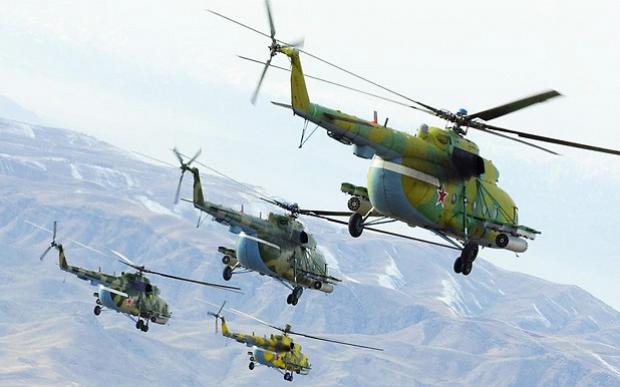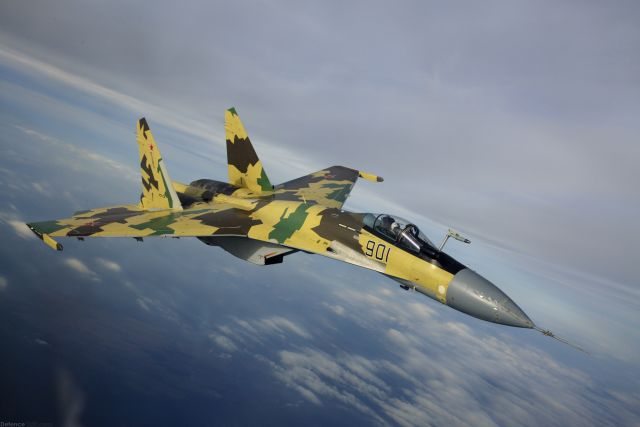Some 27 months into the conflict raging in Syria and with over 90,000 dead, the United States has vowed for the first time to send military aid to the rebels battling to oust President Bashar al-Assad.
But with the White House staying tight-lipped over what kind of weapons it might provide and lacking any public explanation of its strategy, analysts fear such support may be too little to turn the tide of the war.
Proof that Assad has crossed a “red line” by using chemical weapons and the growing involvement of Hezbollah and Iran, finally forced President Barack Obama’s hand despite his grave concerns about a deeper US involvement.
And while Obama plans to have in-depth discussions with allies at a G8 summit next week in Northern Ireland, US officials say they cannot divulge what military support will now go directly to the rebels’ Supreme Military Council.
One thing is clear though, there will be no American boots on the ground.
“The administration has been dragged very reluctantly into a position of wanting to do more. Now, what do they want to do? They have not been clear,” said Hussein Ibish, senior fellow with the American Task Force on Palestine.
“But they are going to be providing more arms and encouraging their allies, especially in the Gulf, to provide arms to the less extreme rebels forces.”
Ibish told AFP the administration may try “shipping weapons directly and making sure that over time they don’t fall into the wrong hands.”
The US options for military assistance range from basic bullets and guns to more advanced anti-aircraft weaponry, or even more drastic intervention such as imposing a no-fly zone or carrying out air strikes against the regime.
Deputy national security advisor Ben Rhodes on Friday all but ruled out a no-fly zone saying it would be “more difficult and dangerous and costly in Syria” than the NATO-led one imposed on Libya.
So for now, the most likely support will come in the form of AK-47 assault rifles and ammunition, said David Hartwell, an analyst at IHS Jane’s consulting.
“Graduating up from that, perhaps rocket-propelled grenades and, at the most extreme end, initially some anti-tank weapons, unguided potentially,” he said.
Hartwell ruled out for the time being the supply of any guided weapons amid Washington’s fears of “proliferation to undesirables — Islamist extremists.”
Israel is particularly worried about advanced shoulder-launched anti-aircraft and anti-tank weapons falling into the hands of Al-Qaeda-linked militants or Lebanon’s Shiite Hezbollah militia, he and other analysts said.
According to the Wall Street Journal, Obama has ordered the CIA to coordinate secretly and closely with Gulf allies already sending arms to the rebels.
Weapons would include small arms and ammunition, including anti-tank weapons but not anti-aircraft weapons, The New York Times reported, citing unnamed American officials.
But some analysts feared such weapons would not be enough against Assad’s forces, who have been helped to victory in Qusayr, for example, by thousands of well-trained and armed Hezbollah militants.
“Trying to remain half pregnant is not a strategy,” said Anthony Cordesman, an expert with the Center for Strategic and International Studies.
“There is no case for not quietly taking immediate action to provide far more mortars, light artillery, anti-aircraft guns, anti-tank weapons, and all the ammunition it takes,” he argued in a written commentary.
Syrian activist Ammar Abdulhamid, director of the grassroots Tharwa Foundation, warned time was running out with Assad’s forces now training their sights on Aleppo, the country’s second largest city.
“When White House officials speak about needing a few more weeks before arms begin to be delivered, they seem to be completely cut off from current realities of the conflict,” he told AFP.
“Iran, Hezbollah, Russia and Assad are busy creating new realities on the ground that will be hard to change in the future without tremendous human and material cost.”
Others argued that even providing heavy weapons would be unlikely to change the balance of power with Assad newly emboldened by his victories.
“A much more concerted effort is required for the Syrian rebels to regain momentum,” said Shadi Hamid, director of research at the Brookings Doha Center, arguing for surgical airstrikes and a no-fly zone.
“What is needed, at a bare minimum, is a robust program of training and equipping the opposition, coupled with significant support in the areas of strategic planning, intelligence, and logistics,” said Michael Doran, senior fellow at the Saban Center for Middle East Policy.
In the meantime, Washington is keeping F-16 fighter jets and Patriot anti-missile systems in Jordan after joint military exercises this month.
The administration also plans to keep a unit of about 2,400 US Marines on amphibious ships off the coast.











